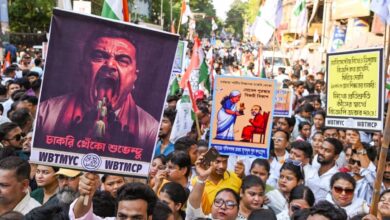
The eruption of panic in Bihar on this quiet November evening in the year 2005 was marked by a phone call from an inmate to a journalist during a prison break: “The Maoists have attacked! People are being killed! I’m hiding in the toilet,” an inmate gasped in a frantic call amidst the rattling of gunfire.
The call came from Jehanabad prison, a facility initially designed for 230 inmates but housing nearly 800 at the time. It was an aging prison notorious because of its “dark, damp and filthy” conditions, a reflection of broader issues in Bihar, a stronghold of left-wing extremism.
This insurgency, which began in the late 1960s, spread throughout the Indian subcontinent and killed over 40,000 people as it fought for a communist society. November 13, 2005: A total of 389 prisoners escaped- hundreds of them Maoists – in what was considered one of the biggest jailbreaks ever in India, occurring from that night onwards. At least two persons died in the violence, and police firearms were looted.
Local journalist Rajkumar Singh recalls the night of the empty streets teeming with armed rebels shouting slogans: “We are Maoists. We’re not against the people, only the government.” On reaching the prison gates, he found them wide open with bloodied pamphlets left behind by the rebels.
Months later, police arrested the alleged mastermind of the jailbreak, rebel leader Ajay Kanu. Now pursuing a political career, Kanu reflects on his past, though his experiences at the hands of upper-caste oppression have scarred him. The Jehanabad jailbreak was one salient chapter in the continuing saga of state authority pitted against Maoist insurgency, with all its complexities- each alimenting or sustaining the other in an endless battleship.



